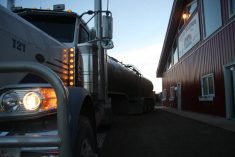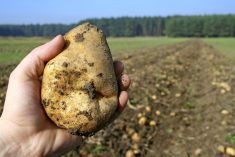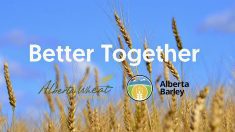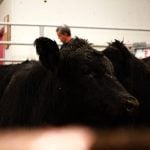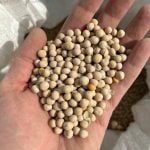Think big picture, says the general manager of the Alberta Wheat Commission.
“We’ve seen the ministry roll out a rural development strategy, and we support that,” said Tom Steve. “But if you look at who the wealth creators are in rural communities, it tends to be the farmer… we need to find a way to leverage that wealth creation.”
The result would be a more diverse economy and stronger agriculture industry.
- More Election 2015: What should be on the agenda for the next government?
Read Also

Grazing ‘sweet spot’ boosts pasture performance
Timing-focused approach to pasture management touted to boost forage growth, livestock gains while also cutting farmer labour and inputs
“We think a good companion to the rural development strategy is to focus on the crop sector and start to think about our vision for the major crops that we grow. How do we grow our market share? How do we expand into value-added processing? How do we tackle logistical issues?”
Right now, each of the four major crop commissions — wheat, barley, canola, and pulses — are working together when possible, but without a common strategy. That ‘siloing’ is a missed opportunity, he said.
“We’ve worked very hard to find areas of common interest with the other commissions, but more and more, we’re looking at how we can leverage the four major crop commissions in terms of our priorities.”
And priority No. 1 is more domestic food processing.
“We need to be taking greater advantage of our ability to do something with the grains before they’re shipped out on rail or by truck to an export market,” said Steve.
“We grow high-quality wheat and canola and pulse crops, and we haven’t fully realized the potential of value-added processing. It creates jobs. It creates tax revenues.”



